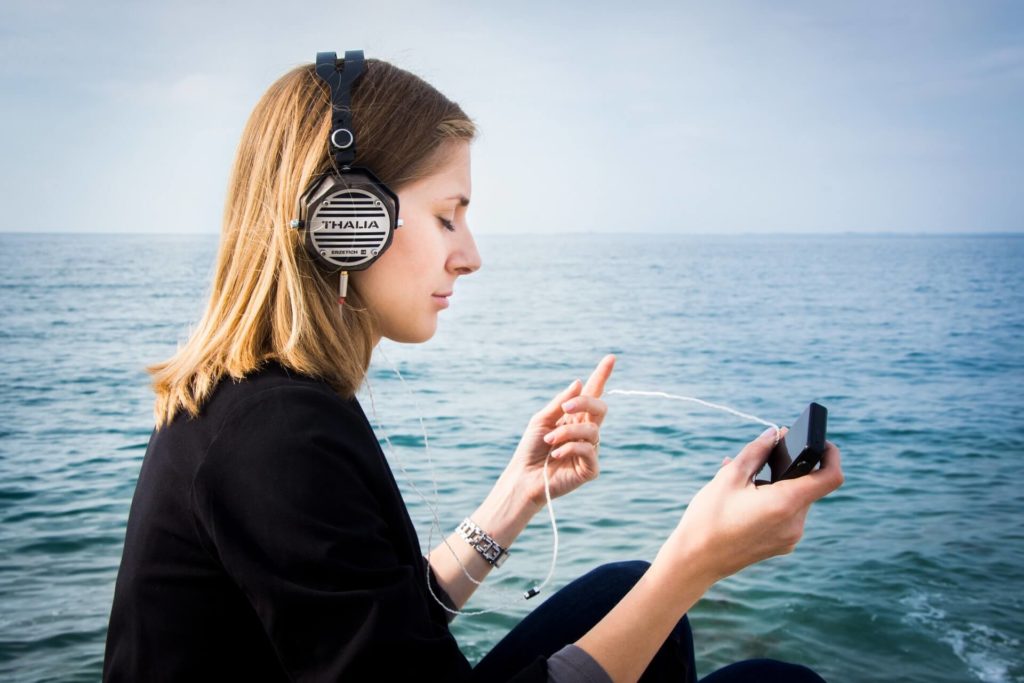Not long ago, those with a visual impairment were restricted. Whether it was in solutions to help them complete day-to-day tasks or in opportunities to learn and secure rewarding careers, equity often was not being provided. With continued enhancements and advancements in assistive technology for visually impaired and blind individuals, the landscape is changing significantly.
When given access to the right technological solutions, the door opens for equitable opportunities for anyone with a visual impairment to participate alongside their sighted peers. With the right technologies in place, they can complete an assortment of computing tasks more efficiently and effectively. The result is a profound effect on these individuals’ lives and greater opportunities for what becomes possible for them to accomplish and achieve. This equity can come to life in a multitude of ways, including career advancement to increased self-esteem to greater independence.
How can technology for the blind/visually impaired help?
When it comes to assistive technology for blind and visually impaired individuals, there are numerous ways it can help. Technologies can transform their abilities to be able to complete computing tasks such as:
- Browsing the internet
- Communicating via social media
- Receiving and sending emails
- Producing reports
- Working with spreadsheets
- Reading documents
When a user becomes proficient with assistive technology, there’s even greater potential for them to undertake advanced tasks like software development and programming. Factor in the greater accessibility to tools due to reduced costs because of advancements in technology, and more visually impaired people than ever can prosper independently.
The type of technology making a difference
As technology continues to evolve, there are more solutions available than ever before that can assist the visually impaired. The main technology types can vary, but nearly all of them are making a significant difference, and we are proud to say that our tech is playing a part in this.
Audio description
Individuals that are blind or have low vision may struggle with the comprehension of visual content. Audio description can ensure those who are visually impaired can perceive visual-only content. This technology can be found on television and it is commonly referred to as a Descriptive Video Service (DVS).
With the greater need and expectation to meet ADA requirements to assist individuals with disabilities, audio description is also gaining prominence in both the business and educational worlds. Verbit’s audio description technology ensures businesses and educational institutions can provide equal opportunities for those with a visual disability.
Due to the utilization of AI-enhanced technology, Verbit’s audio description solution means an institution doesn’t have to spend as much time transcribing audio. Our Interactive Video Player is embedded within current systems, which results in all video materials being easily accessible. Whether this is for your customers, students, or employees, our tech enables you to reach all.
Mobility
Even without cutting-edge technology, various tried-and-tested solutions enable visually impaired people to move around independently. Service dogs, for example, are trained to assist their owner and ensure they can walk around with confidence. The use of a cane delivers a similar dose of confidence for users.
Additionally, there have been significant technological advances in the field of mobility. These updates can be seen in electronic mobility aids. By utilizing ultrasonic waves that reflect off obstacles, these devices can alert users to what is coming up in front of them or in their proximity. Notable electronic mobility aids include the UltraCane and Ray Electronic Mobility Aid.
Voice recognition
When talking about technology for visually impaired individuals, few offerings have gained mainstream fame like voice recognition in recent years. These devices allow users to speak out loud and give specific commands to their voice recognition device, which will then complete their various commands. Suitable for everyday use, these devices can also often speak back and respond to their users. Tasks these systems can take on include anything from setting alarms to playing a specific song. Users can even unlock doors and turn the lights on and off, all by these systems simply identifying the words being said out loud, but this shouldn’t be confused with speech recognition — the clever aspect of the voice recognition tech that is enabling these possibilities is in the keyword: voice. Voice recognition will listen to specific voices to complete these commands.
The popularity of voice recognition has been boosted by devices like the Amazon Echo and Google Nest Hub. These devices are inexpensive to purchase, yet massively effective for those with disabilities in addition to the entire population of users.
Voice recognition is also used in various other situations. Due to the complex nature of the human language, where different mannerisms and accents can drastically change how certain words/phrases are spoken or interpreted, speech recognition technology needs to be highly advanced with literally trillions of mathematical calculations. With Verbit’s pioneering voice recognition software, it’s possible to receive 99% accuracy with transcripts in real-time. As technology continues to evolve, these results will become standard.
Computer/device modification
Even with voice commands at their disposal, more tools are required for visually impaired individuals to make the most of their computer usage. Customization options and modification can play a significant role. Screen readers can help describe what is on a page, while high visibility and Braille keyboards can assist with typing. Video magnifiers can be attached to a monitor display to also zoom in on specific document areas.
Devices like smartphones can also be modified to increase the usability of the visually impaired. Specialist apps are available, which can assist with everything from typing Braille notes to finding a destination with Google Maps via its spoken directions feature. The ability to add-on these devices to one’s computer usage can make all of the difference in offering them opportunities to succeed alongside their sighted peers.
A World of Possibilities
The technology that currently exists is proving to make a huge difference in the lives of visually impaired people, as we have explored above. As technology advances and continues to provide these benefits, this opens up a world of possibilities that could be life-altering for millions out there, and that can only be a good thing!
If you would like to know more about how our technology can help you, get in touch with our team at Verbit today.






